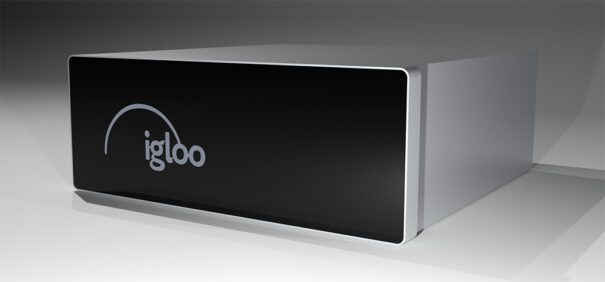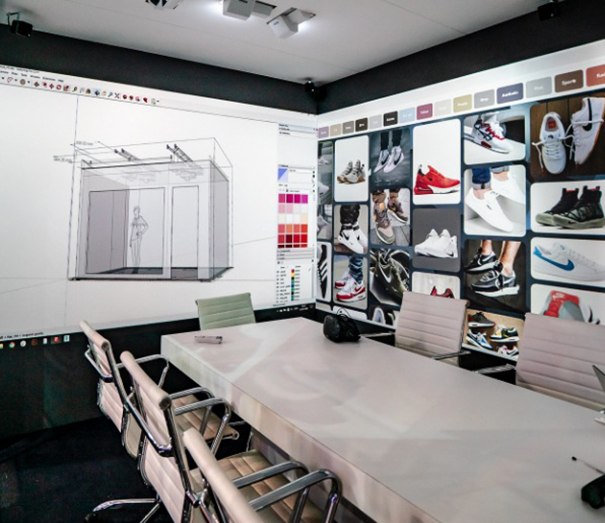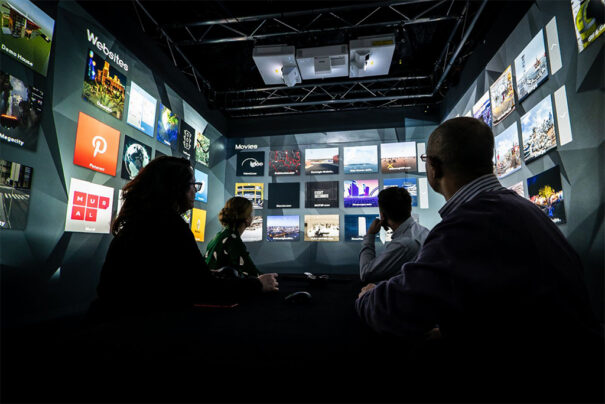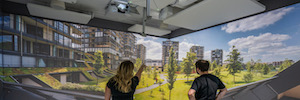Igloo IMP transforma cualquier estancia en un mundo virtual inmersivo
El Immersive Media Player está diseñado con un sistema basado en capas, que permite trabajar con diferentes tipos de contenido, formatos y fuentes. Todo al mismo tiempo.
Igloo Vision ha desarrollado el Immersive Media Player (IMP) que permite transformar cualquier estancia en un espacio de trabajo inmersivo.
Se trata de un equipo dotado de la tecnología de RV de la compañía, denominada Shared VR, pensado para usuarios e integradores que quieren crear sus propios espacios inmersivos compartidos a medida (espacios de trabajo, Meeting rooms, instalaciones de venta al por menor, centros de innovación, cave…) sin las limitaciones de los servidores de medios AV tradicionales.
Este reproductor inmersivo reúne el poder de la tecnología de Igloo en una sola caja. Pone a los usuarios en el control de un sistema de visualización basado en capas y, a diferencia de los servidores de medios AV tradicionales, es flexible, fácil de usar y se presenta como un equipo todo en uno.
Al ser un sistema basado en capas es posible trabajar con diferentes tipos de contenido, formatos y fuentes. Todo a la misma vez. Es compatible con todas las tecnologías de visualización, incluyendo pantallas Led, paneles planos, proyectores 3D, de lámpara y láser.
Viene equipado con una amplia lista de aplicaciones integradas como Office 365, Microsoft Teams, Salesforce, Unity, Unreal, Zoom, GSuite, Adobe, Youtube, y la suite de software Igloo.
Está equipado con una GPU Dual RTX 8000 y soporta entradas y salidas 4K a 5x4K. Proporciona una reproducción en HD y 4K y es adecuado para la narración inmersiva, películas de 360°, presentaciones a escala de sala, espacios de trabajo inmersivos, instalaciones de formación y simulación, suites de visualización de datos, Control Rooms, investigación y desarrollo, y centros de experiencia.
Es una unidad con interfaces intuitivos, diseñada para ser utilizada por cualquiera que pueda manejar un ordenador o un smartphone.
Este todo en uno ha sido pensado no solo para la entrega de AV, sino como una herramienta empresarial cotidiana, por lo que no es necesario incorporar ningún componente adicional ni ‘parchear’ software alguno.
You liked this article?
Subscribe to our Feed And you won't miss a thing.


















